If you’ve ever dreamt of exploring the wild side of Ladakh, Hemis National Park should be right on top of your list. Tucked away in the eastern part of Ladakh, this is India’s largest national park, spreading over 4,400 sq km of high-altitude terrain. Many Ladakh tour packages include Hemis in their itineraries because of its unmatched natural beauty and wildlife.
Hemis is famous as the “Snow Leopard Capital of the World,” home to nearly 200 of these elusive cats. You’ll also find blue sheep, ibex, golden eagles, Tibetan wolves, and around 70 bird species, from Himalayan griffons to fire-fronted serins, making it a true wildlife paradise.
Whether you’re here for spotting snow leopards, trekking through stunning trails, or even stopping by during your Ladakh bike trip, Hemis National Park promises an experience like no other.
Quick Facts About Hemis National Park
- Hemis National Park Location: Eastern Ladakh, Union Territory of Ladakh, India
- Area: ~4,400 km² (largest national park in South Asia)
- Altitude Range: 3,300 m – 6,000 m above sea level
- Established: 1981
- Nearest City: Leh (about 40 km away)
- Famous For: Snow leopards, high-altitude treks, Hemis Monastery
- Entry Points: Zingchen, Martselang, and Stok (closest from Leh)
- No Motorable Roads: Accessible only on foot after Leh → entry point by taxi
best selling leh ladakh tour packages
Permits & Entry Information for Hemis National Park
Since Hemis is a protected high-altitude area in Ladakh, visitors need to follow certain regulations before beginning their trek or wildlife expedition.
Entry Fee
- Indian Nationals: ₹20 per person
- Foreign Nationals: ₹100 per person
Permits Required
1. Wildlife / Park Entry Permit
- Required to enter Hemis National Park.
- Can be arranged through the Wildlife Office in Leh, local tour operators, or trekking agencies.
2. Inner Line Permit (ILP)
- Needed for all Indian citizens (outside Ladakh) visiting certain areas in Ladakh.
- Can be obtained online or from the DC Office in Leh.
3. Protected Area Permit (PAP)
- Required for foreign nationals visiting restricted areas of Ladakh, including treks that pass near the Indo-China border.
- Available through registered tour operators in Leh.
Hemis National Park Timings
The park is open for visitors from 9 AM to 5 PM daily. These hours are perfect for exploring the park’s beautiful landscapes, wildlife, and hiking trails.
Best Time to Visit Hemis National Park
The best time to visit Hemis National Park in Leh depends on what you want to experience.
- December to March (Winter – Best for Snow Leopards):
This is the prime season for spotting the elusive snow leopard, as they descend to lower altitudes in search of prey. The landscape is covered in snow, offering a raw and rugged Himalayan experience. Be prepared for freezing temperatures and challenging conditions, but the wildlife encounters are unmatched.
- May to September (Summer – Trekking & Pleasant Weather):
Summer brings clear skies, blooming valleys, and comfortable weather for trekking. Famous trails like the Markha Valley Trek and Stok Kangri Trek are at their best during this season. Wildlife sightings may be less frequent compared to winter, but the scenery is breathtaking.
- October to November (Autumn – Crisp Views):
Autumn is quieter and offers crisp mountain views, making it great for photography and peaceful exploration.
How to Reach Hemis National Park in Ladakh
Hemis National Park is a high-altitude gem in Ladakh, and a visit here is primarily about trekking, as there are no motorable roads inside the park. The Hemis National Park trek itself is an adventure, with Leh serving as the main base before you set off into the wild. Here’s how to reach Hemis National Park:
By Air
- Leh Airport (IXL): The easiest and most convenient way to reach the region is by flying to Kushok Bakula Rimpochee Airport in Leh. It is well-connected with regular flights from Delhi, Mumbai, and Srinagar.
- From Leh to the Park: From Leh, you’ll need to hire a taxi to reach one of the entry points of the park. Distances vary depending on the trailhead:
- Zingchen (25 km): Popular entry point, especially for snow leopard expeditions.
- Martselang (41 km): Leads towards Hemis Monastery and deeper trekking routes.
- Stok (13 km): Closest point from Leh, opening into the stunning Rumbak Valley.
By Road
If you’re in the mood for an epic Himalayan journey, you can also reach Leh by road:
- Srinagar–Leh Highway (NH 1): A scenic route via Kargil, open from late spring to autumn.
- Manali–Leh Highway (NH 3): More challenging but incredibly picturesque, crossing several high-altitude passes.
Once in Leh, taxis can take you to the entry gates of the park, after which the Hemis National Park trek begins.
Things to Do in Hemis National Park
A trip to Hemis National Park in Leh isn’t just about ticking off wildlife sightings, it’s about immersing yourself in the untouched beauty of Ladakh’s mountains and experiencing adventures that very few places on earth can give you. Here’s what you simply can’t miss:
1. Spot the Snow Leopard in Hemis National Park
If there’s one reason this park is famous worldwide, it’s the snow leopard. Known as the “Snow Leopard Capital of India,” Hemis gives you one of the best chances to see this elusive cat in its natural habitat. Visit between December and March, when the big cats descend to lower altitudes, and you might just get lucky.
Along the way, you’ll also spot bharal (blue sheep), Tibetan wolves, red foxes, and even the playful Himalayan marmots.
2. Camp Under the Stars
Imagine setting up camp in the middle of Ladakh’s wilderness, with the Milky Way stretching wide above you. That’s exactly what camping here feels like. With almost zero light pollution, Hemis is one of the best places for stargazing in Ladakh.
3. Birdwatching Bliss
If you love birds, Hemis won’t disappoint. Over 70 species call the park home, from golden eagles soaring high to Himalayan griffon vultures and lammergeiers circling the cliffs. It’s birdwatching, but at a whole new altitude.
4. Trekking in Hemis National Park
Since no vehicles are allowed inside, the only way to truly experience Hemis is on foot, and that’s where the magic begins. Trekking in Hemis National Park takes you through valleys, ridges, and jaw-dropping passes. Some iconic routes include:
- Markha Valley Trek – a Ladakhi classic with unreal mountain views.
- Rumbak Valley Trek – perfect for birdwatchers and wildlife enthusiasts.
- Stok Kangri Trek – a tough climb but worth it for the sweeping Himalayan panoramas.
5. Step into Hemis Monastery
No trip here is complete without visiting Hemis Monastery, one of the largest and most important monasteries in Ladakh. Time your visit in June/July, and you might catch the colorful Hemis Festival, a vibrant celebration of culture, dance, and spirituality.
6. Capture the Landscapes
How can you forget clicking pictures? After all, half of travel is about freezing those moments! Capture the stunning landscapes—you’re not just taking photos, you’re preserving rare beauty.
Hemis National Park Flora and Fauna
Wildlife in Hemis National Park
Hemis National Park is nothing short of a wildlife wonderland, where some of the rarest and most elusive creatures of the Himalayas roam free. At the heart of it all are nearly 200 snow leopards, the undisputed stars of the Hemis Wildlife Sanctuary. Spotting one of these “ghosts of the mountains” is a once-in-a-lifetime experience.
But the park’s wildlife doesn’t stop there. You may also encounter Tibetan wolves, the Eurasian brown bear (endangered in India), and clever red foxes. Smaller mammals such as the playful Himalayan marmot, the shy mountain weasel, and the adorable Himalayan mouse hare also add to the park’s rich biodiversity.
For bird lovers, Hemis is pure heaven. Raptors rule the skies here, with sightings of golden eagles, lammergeier vultures, and Himalayan griffon vultures. The Rumbak Valley is especially famous among birdwatchers, as it’s home to Tibetan species rarely seen elsewhere in India, from brown accentors and robin accentors to the delicate streaked rosefinch and many more.
Flora in Hemis National Park
The magic of Hemis isn’t limited to its animals, the flora here is just as fascinating. Sitting in the rain shadow of the Himalayas, the park’s terrain is dry and rugged, creating a unique ecosystem.
- Lower Elevations: Dry forests thrive here, dotted with hardy juniper and poplar trees.
- Higher Altitudes: The alpine meadows bloom with colorful wildflowers like anemone, gentiana, and veronica.
- Medicinal Treasures: Hemis is also home to rare and endangered medicinal plants, including Artemisia maritima and Hyoscyamus niger, which highlight the ecological importance of the region.
History of Hemis National Park
Hemis National Park was established in 1981 to protect the Rumbak and Markha catchments. Over the years, it expanded and, by 1990, reached its current size of 4,400 km², making it the largest national park in South Asia.
Today, it stands as a high-altitude sanctuary where snow leopards, Tibetan wolves, and rare alpine flora thrive amid the stunning Himalayan landscape.
Travel Tips for Hemis National Park
Exploring the Hemis Wildlife Sanctuary can be a once-in-a-lifetime experience. To make the most of your trip, keep these tips in mind:
1. Acclimatize Properly
Hemis is a high-altitude park (3,300–6,000 m), so spend at least a day in Leh to adjust. This helps prevent altitude sickness in Ladakh and keeps you energized for trekking.
2. Pack Smart for Treks
Since the park has no motorable roads, trekking is the main way to explore. Bring:
- Warm clothing and layers
- Sturdy trekking shoes
- Sunglasses and sunscreen
- Binoculars for spotting wildlife
3. Travel with a Local Guide
- Most trails are not marked. Hiring a guide from Leh or nearby villages (like Rumbak or Sku) ensures you don’t lose your way.
- Guides also know the best spots for snow leopard tracking and wildlife sightings.
4. Food & Water
- Carry dry snacks like nuts, energy bars, and ready-to-eat meals – there are no food stalls inside the park.
- Always carry a reusable water bottle and purification tablets or filters, as streams may not always be safe to drink from.
5. Wildlife Etiquette
Respect the Hemis Wildlife Sanctuary rules:
- Keep a safe distance from animals
- Avoid loud noises
- Don’t litter – carry back all trash
6. Communication & Connectivity
- Mobile network is patchy or nonexistent inside the park. Inform someone in Leh about your itinerary before leaving.
- BSNL works best in remote Ladakh, though coverage is still limited.
7. Cash & Permits
- Carry enough cash from Leh – there are no ATMs around the park.
- Get your entry permits in Leh itself; sometimes, the forest check-posts may ask for them.
Hemis National Park in Ladakh is more than just a travel destination, it’s where adventure, nature, and culture meet. From snow leopard tracking and high-altitude treks to camping under starry skies, the experiences here stay with you long after you leave.
And if you’re wondering, why is Hemis National Park famous? It’s the rare chance to see the elusive snow leopard, along with breathtaking landscapes, rich flora and fauna, and the cultural charm of Hemis Monastery.
Whether for adventure, photography, or pure escape, Hemis leaves you with stories you’ll never forget – wild, raw, and exactly what you dream Ladakh to be.




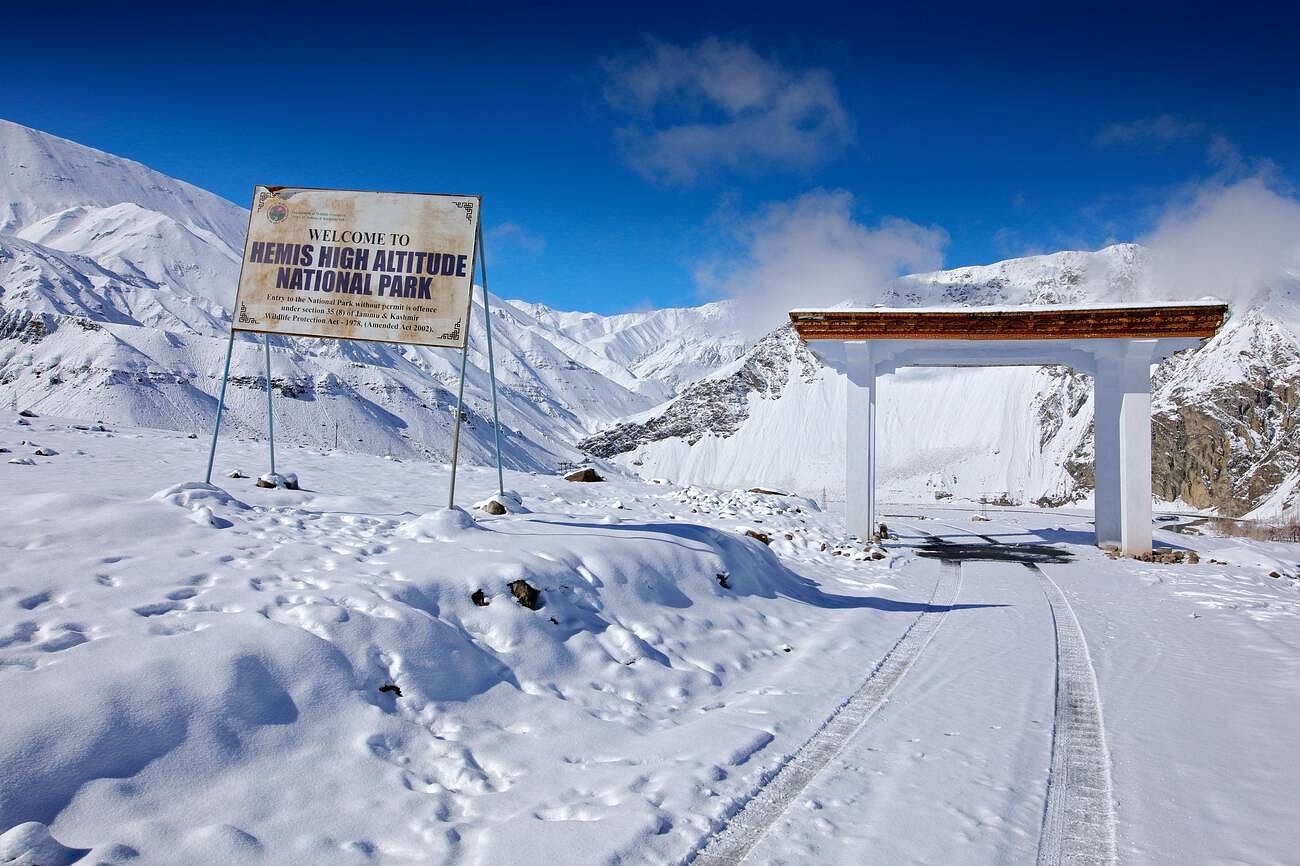
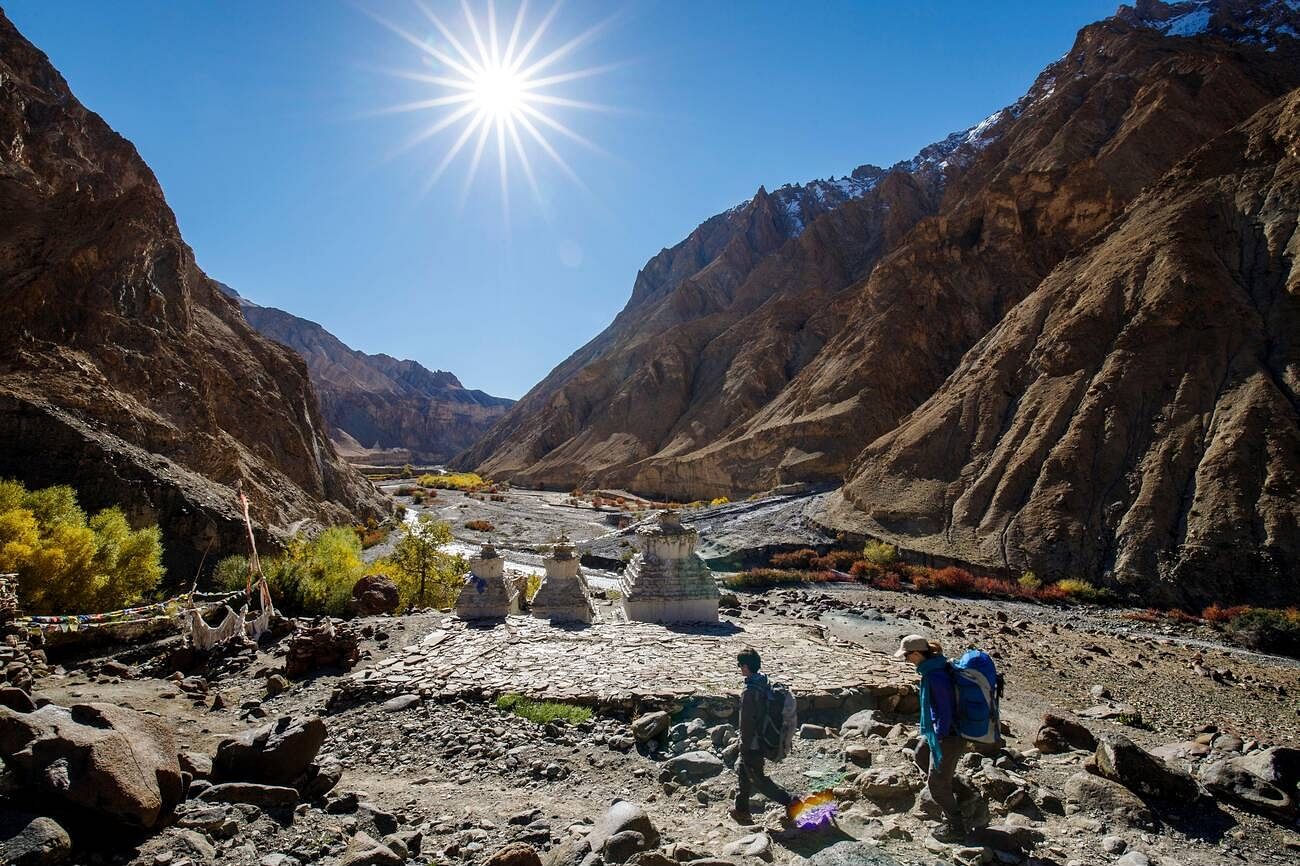
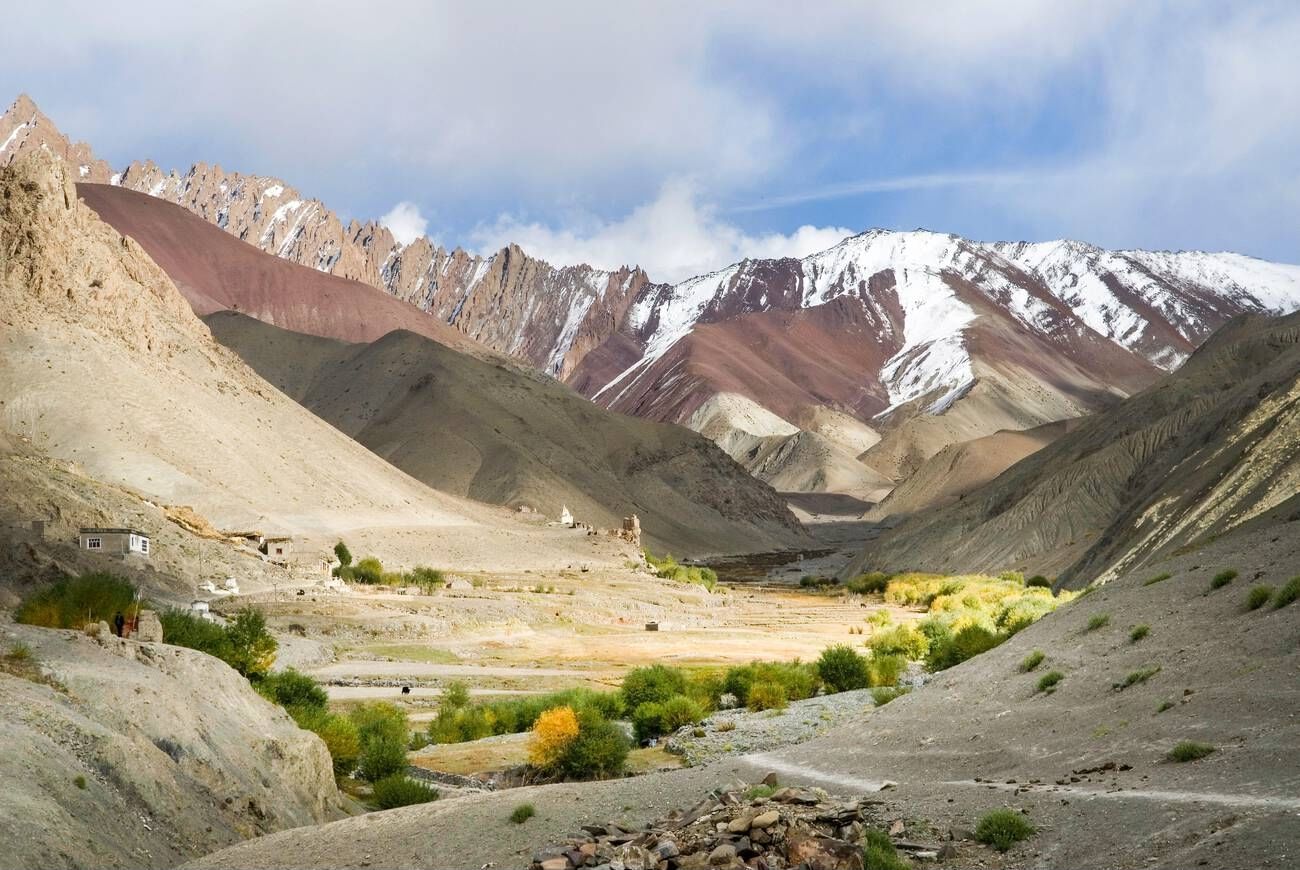
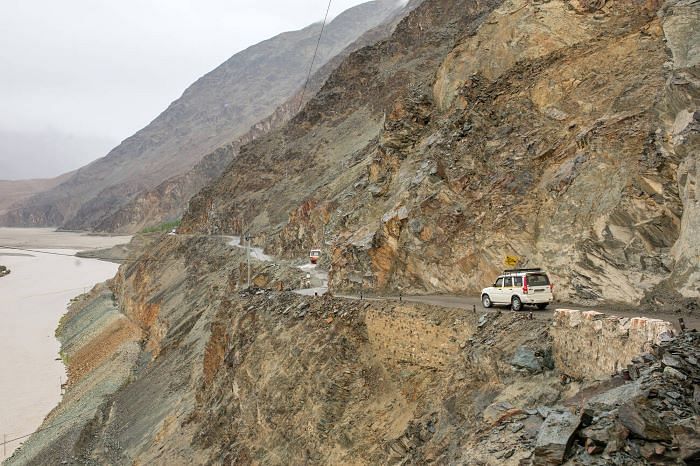
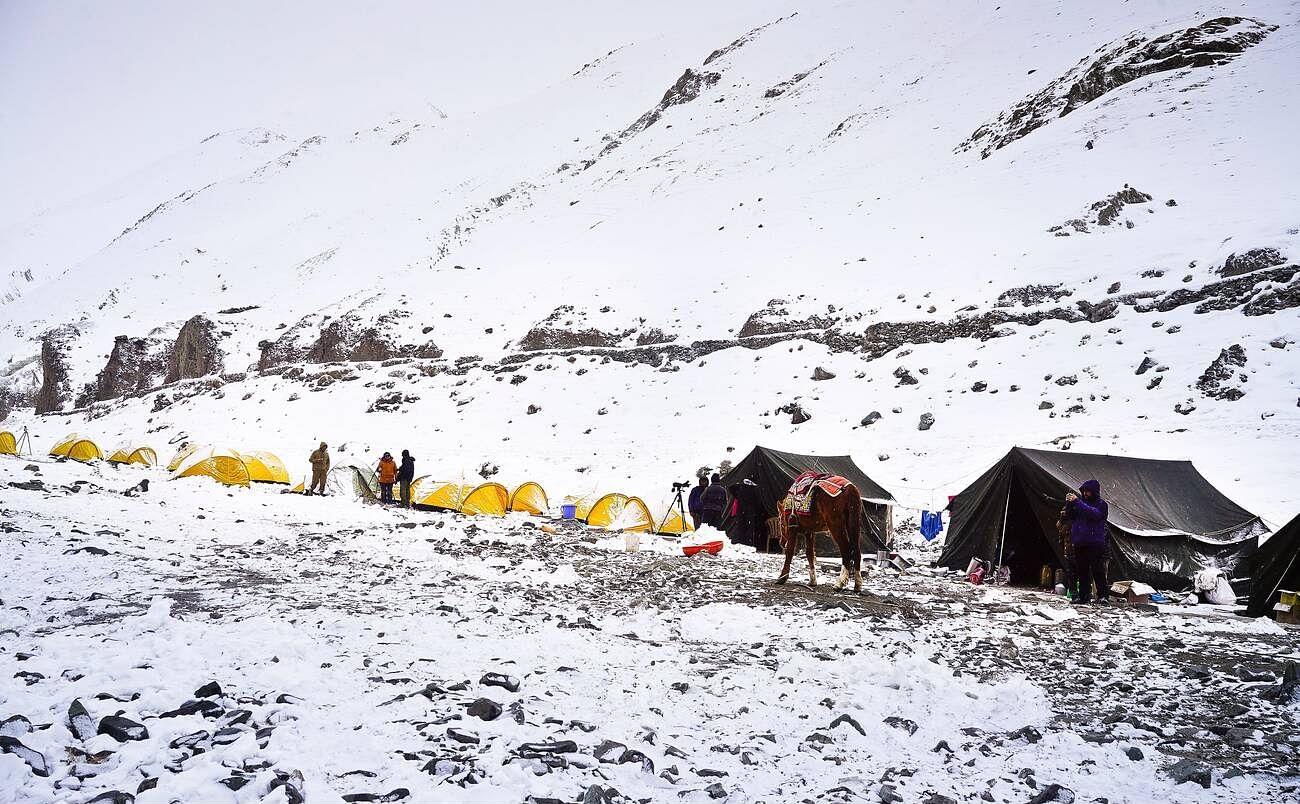
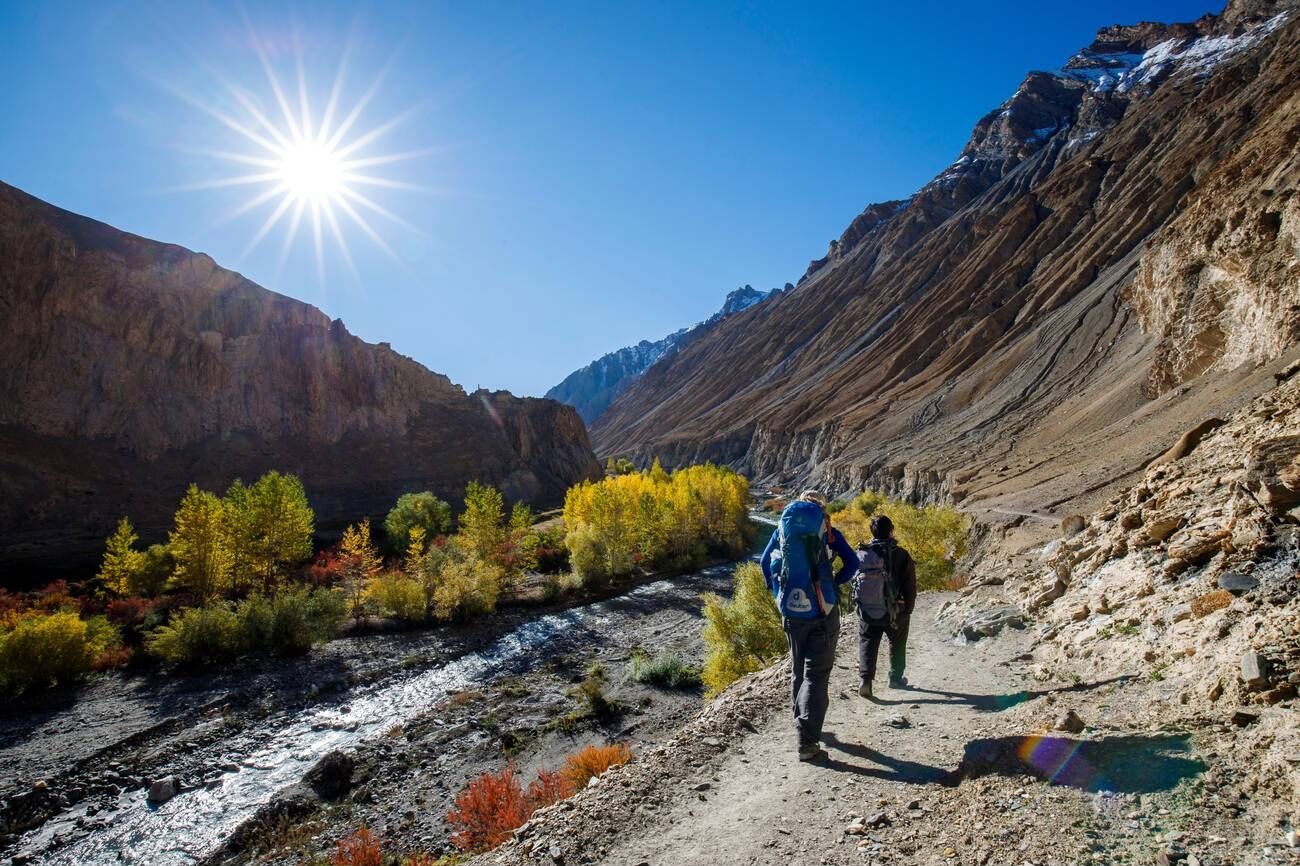
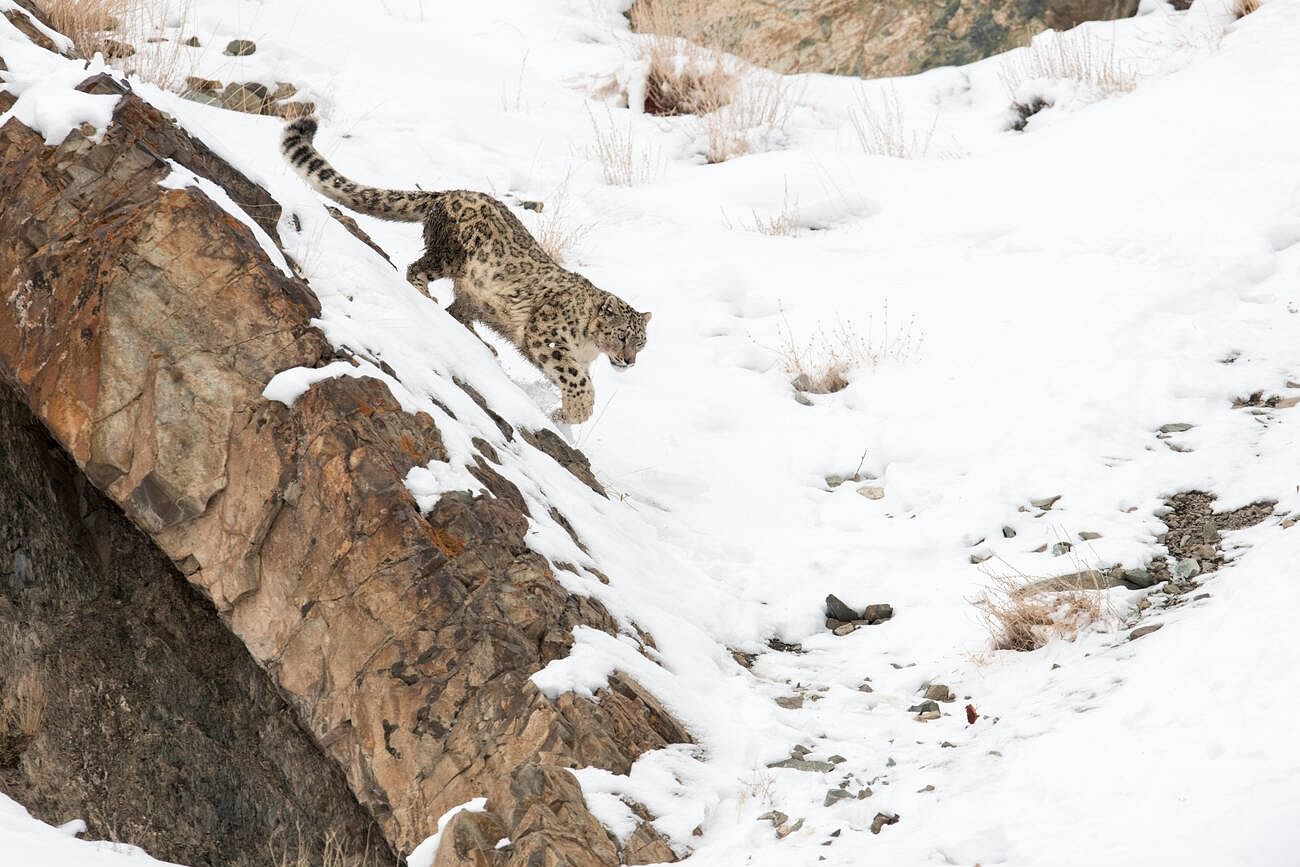
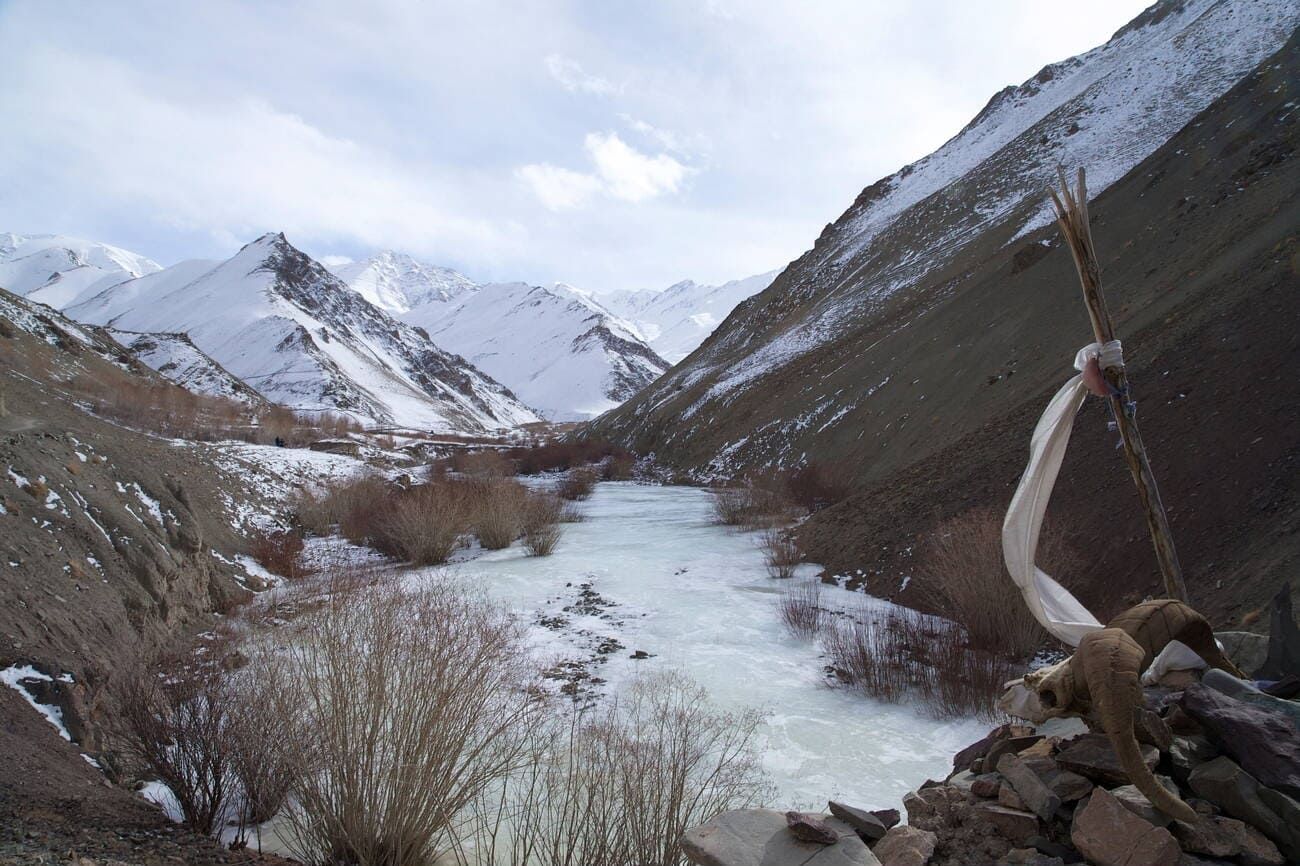

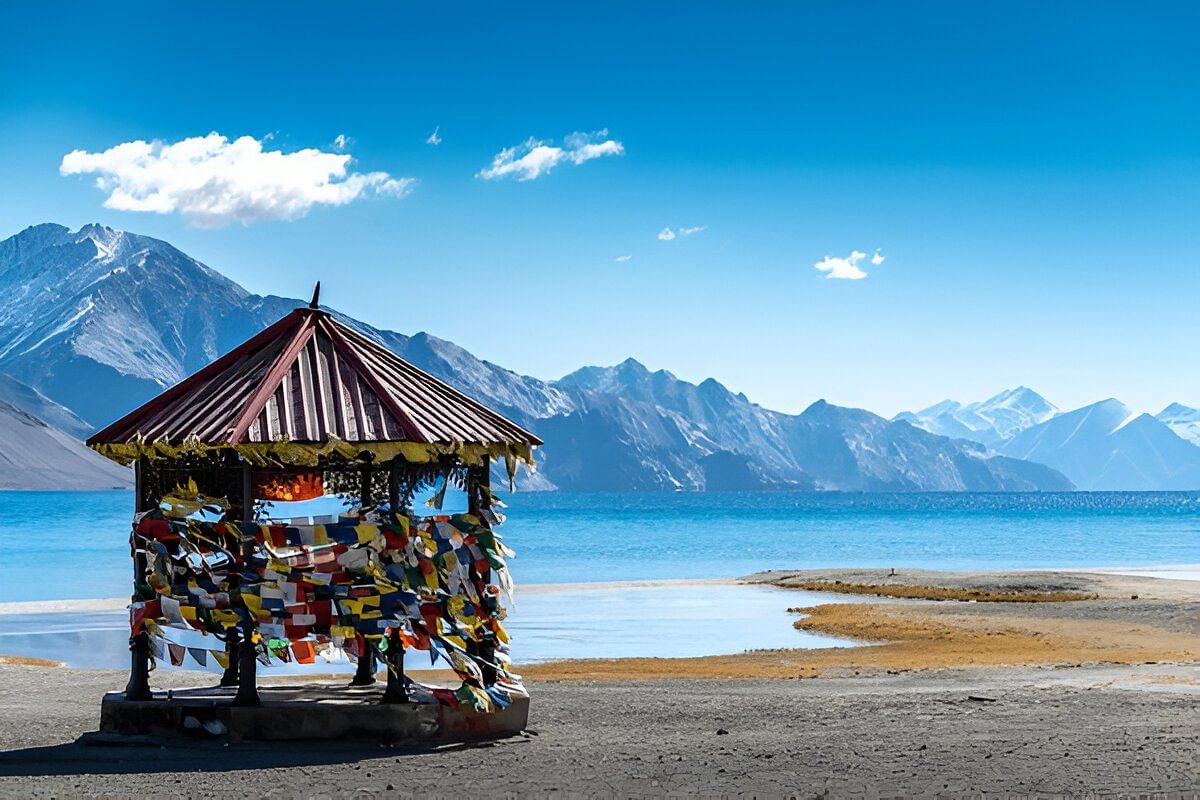

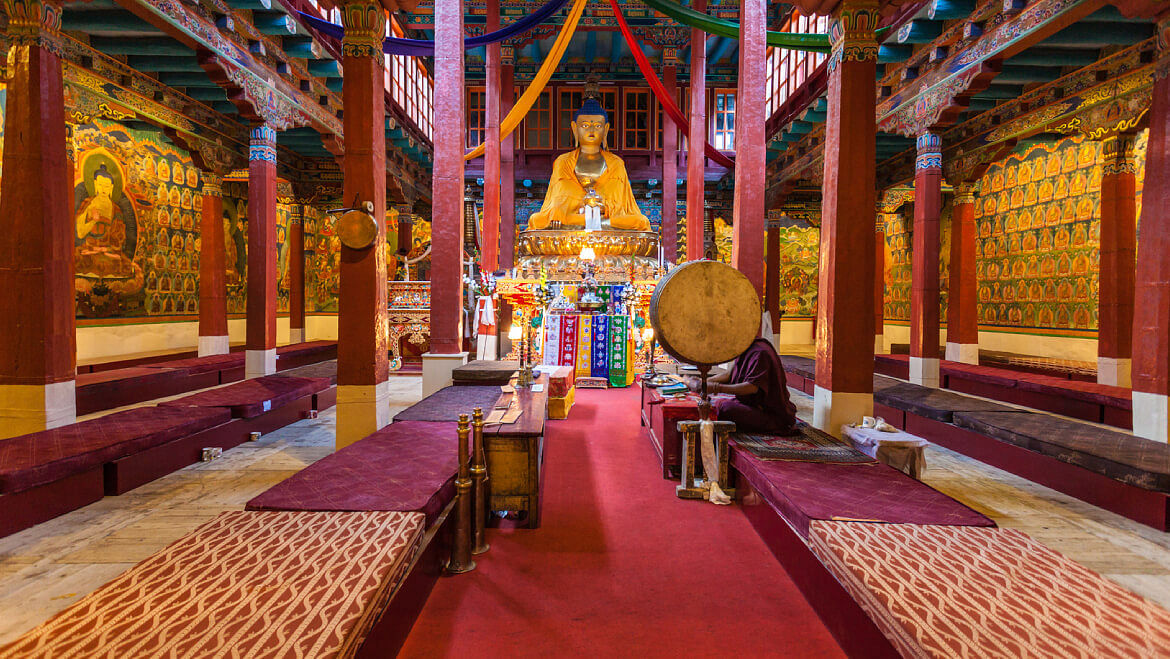
.webp?updatedAt=1744700396004)
.webp?updatedAt=1744700396125)
.webp?updatedAt=1744700396036)
.webp?updatedAt=1744700396120)
.webp?updatedAt=1744700396009)
.webp?updatedAt=1744700396037)
.webp?updatedAt=1744700396035)
.webp?updatedAt=1744700396092)